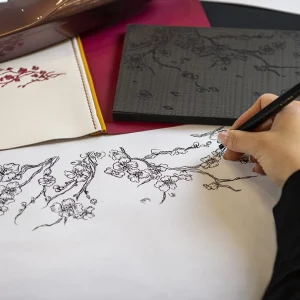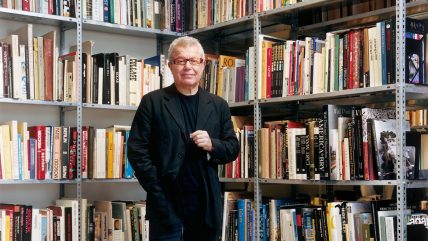
Words By Pamela Buxton
1 You can be an artist as an architect, but you can’t be an architect as an artist
Choosing architecture was an accidental choice. Once you got into the Cooper Union [college] in New York City, you could choose to study either architecture or art. My tendency was to go for art, but my mother’s very wise advice was that I should be an architect, because if you’re an artist you won’t be able to do anything – you won’t even be able to buy a pencil! But if you’re an architect you can also be an artist. In fact, I didn’t find that much difference between the two fields.
I painted and drew voluminous numbers of pictures of architecture, both imaginary and real, but I’d never met an architect in my life. My parents were working class, in a workingclass neighbourhood. The people about us worked in factories and there were no architects, or doctors or lawyers or accountants around. So I hardly knew what that world was. However, I went to school at the Bronx High School of Science, which has produced more Nobel Prize winners than France, and I was in an experimental programme to catch up with the Russians in space technology. So when I applied to Cooper, they wondered why I was lowering my scientific standards, and why I wasn’t going to MIT instead.
2 There’s a single line in my life, which is the line of drawing
I really believe that architecture comes out of a drawing. It doesn’t come from being out in the field laying bricks or cutting up pieces of 2 x 4. I arrived at my architecture through drawing, purely because when I didn’t have any buildings to design, I still drew architecture. But it wasn’t architecture of the imagination like Piranesi, it was constructional – what architecture could be through a drawing. These drawings were kind of like my treatises.
3 I’ve never used a computer, and never intend to
I always think the pencil is a smarter machine than a computer. Through thickness and pressure of the hand, with the eye and brain, it’s far quicker, far better and far more articulate. I couldn’t have built all the buildings I’ve built without technology, but certainly that isn’t where I start.
4 You have to listen to the site
In many ways a site is not visible – maps, plans and drawings of that kind offer a very superficial view. Instead, you have to listen to the invisible, and listen to the inaudible, in order to commune with the site in a way that is true.
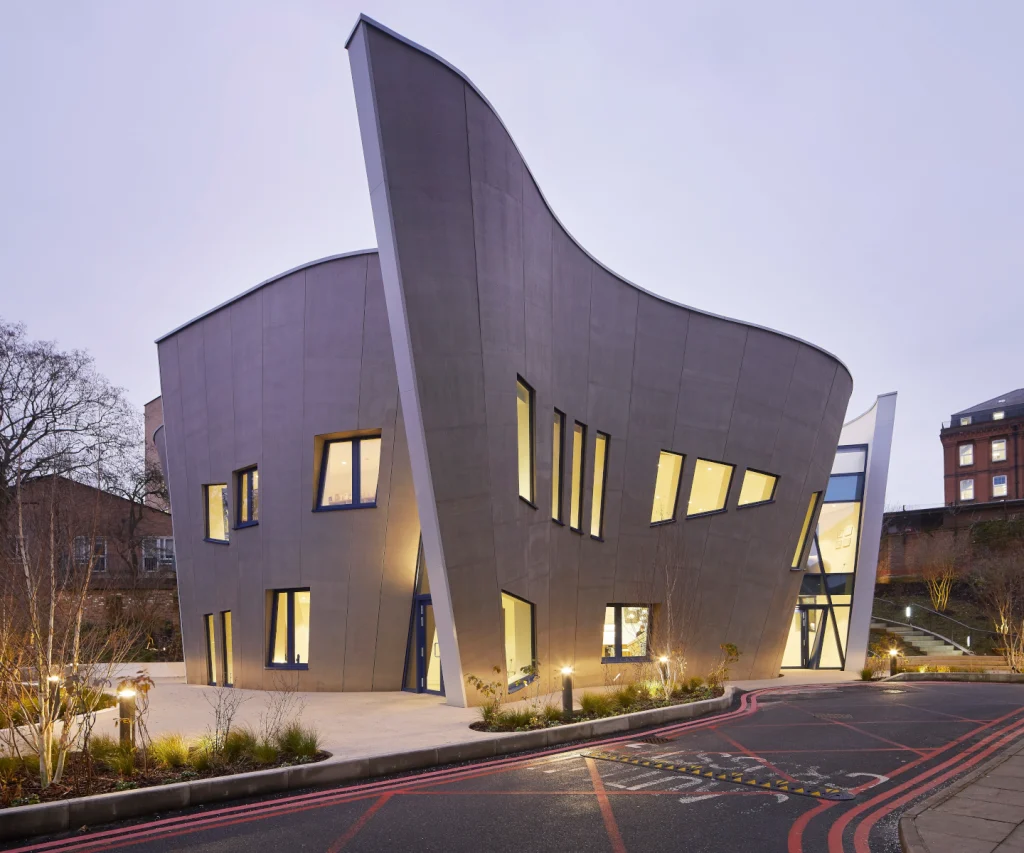
You have to put yourself into a certain state of being reincarnated in the site in other times, and in other worlds, in order to grasp the fullness of the site. The earth has longevity, the surface history we have is only one plane out of a depth. To do a building you need the whole depth.
The people who are walking through the site today and talking about it may not be the true stakeholders of the site. Instead, the people who have been displaced from the site and buried far away may be the true voices of the site. There is always something concealed, and in order to do the project, you have to un-conceal or unfold it through whatever technique you have.
I‘ve taken this approach from the very beginning. On the competition site visit for my first building, the Jewish Museum Berlin, everyone was running around the site with cameras and notebooks taking photos and making notes. But I didn’t. I just wanted to immerse myself in that particular piece of Berlin’s history.
At the World Trade Center, I didn’t start with the developmental plans or complex technical issues, but with the story of those who were killed there. And somehow, by digging deeply into that history, that’s how my whole thinking was shaped.
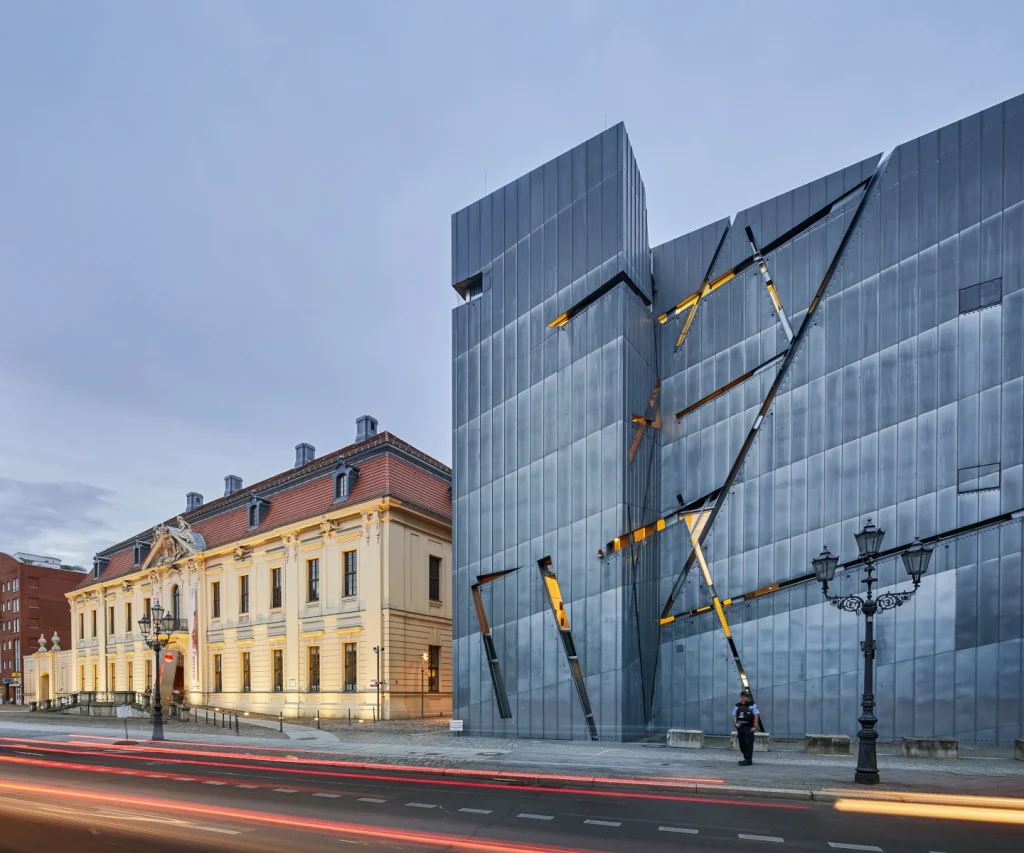
5 Architecture is not just the sum of the buildings, but the para-architectural components that create the building
It’s the sound, music, literature, philosophy, culture – all are part of the invisible structure of the building. With any project, you have to struggle to get to grips with what this is. Every building has its own sound. Specifically in the Jewish Museum Berlin, it’s the sound of echoing footsteps across the bridges of the void that runs through the centre of the building.
Here, my idea was to complete the incomplete opera of Moses and Aaron by Arnold Schönberg, who had to leave Berlin before finishing the third act.
6 Winning a competition is usually a ticket to oblivion
Just because a jury selects you, it doesn’t mean anything. To build a building with the cultural importance of the Jewish Museum Berlin is a struggle on a totally different level. It involves your whole life. It was many years before the building could emerge through the political process.
7 Architecture is not a field for pessimists
If you’re a general, or a politician or an economist, you can be a pessimist. But never in architecture. To create anything, even a modest one-storey building, you need to lay a foundation for the future of that space. Architecture is an affirmative art that affirms the future in the very process of making it. It’s the only profession for optimists.
8 Architecture to me is a spiritual art
It appears to be very pragmatic with a lot of calculations. But actually, despite its heavy load of reality, you can’t really measure it in those terms. Instead, it’s the most spiritual of arts, and carries its own significance and its own meaning.
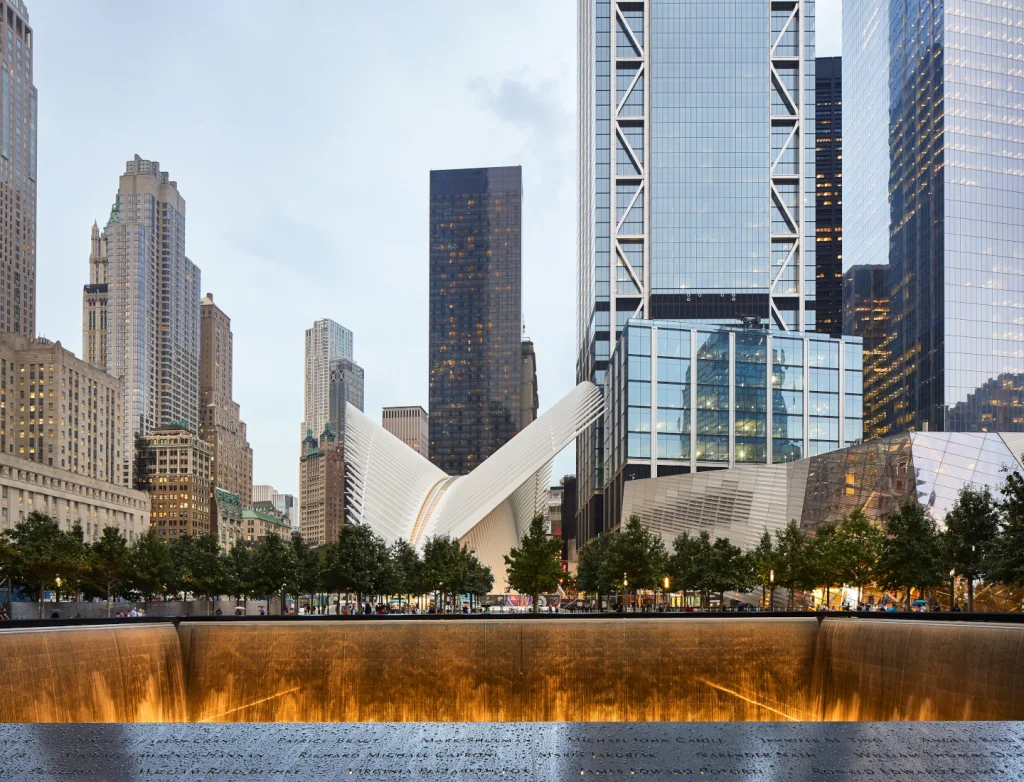
9 Music is a very good analogy as to how architecture communicates
It’s not only meant for your head but for all of you. It’s embodied. It isn’t just a message on a façade à la Venturi, or à la Magritte’s Ceci n’est pas une Pipe. It’s very different.
10 You bring who you are as a human being to a project
You’re not a technician or a bureaucrat. You’re creating something human, something social.
So you immerse yourself in literature, poetry, the plastic arts, music… and all that, the deeper background to who you are, informs what you’re doing. It’s not possible for me to do architecture in any other way. Otherwise, it’s just AI.
11 An interesting shape doesn’t make something iconic
To me, that’s just glossy, superficial fashion. Being iconic is something else – the presence of something that communicates something important to every person, something that is moving.
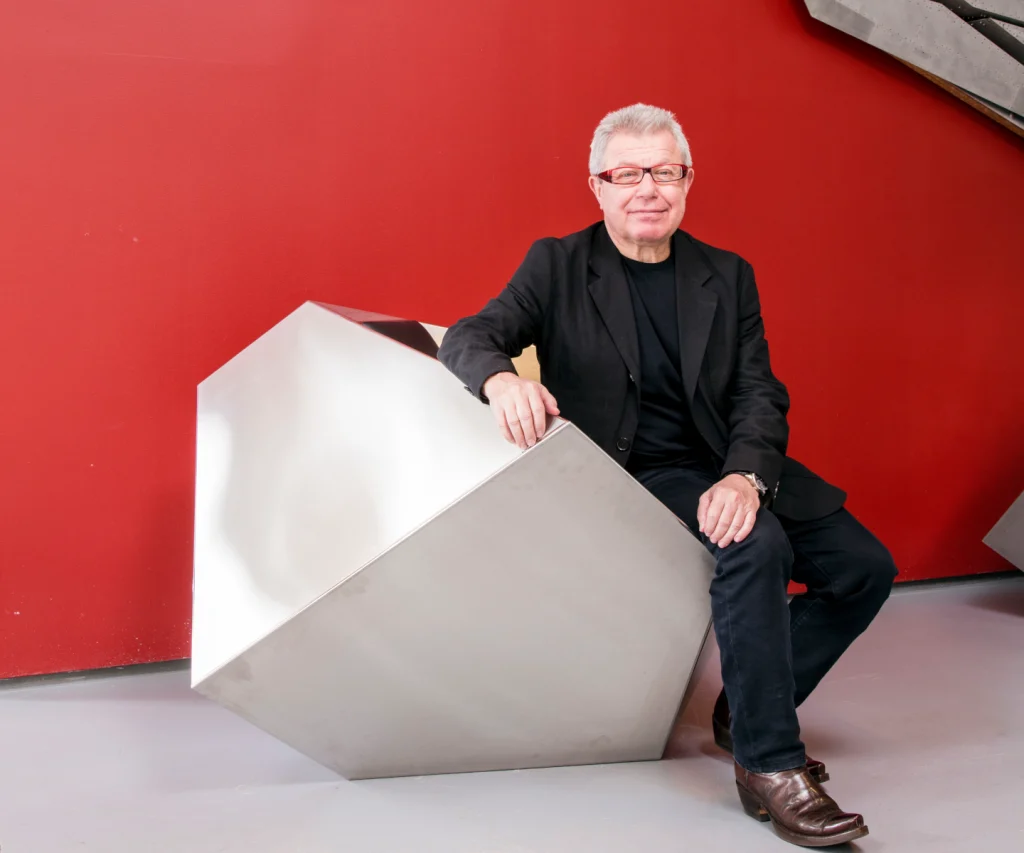
12 Projects that aren’t built are never a waste
Every project, even if it remains just on paper, incarnates in itself something incredibly meaningful. I never think it’s a lost work. I don’t see architecture as a transaction between you and the client, or between you and the building. It’s a process of revealing something. And a drawing can reveal something as profound as a building, sometimes more profound. That’s why people collect drawings. There are no wasted drawings by Michelangelo. No wasted drawings by Palladio, no wasted drawings anywhere. It’s not a waste. They might be realised in some unexpected way, in time.
Often projects that don’t happen teach you so much and give you so much more adrenaline for the next project. Wasted time is only for people who are cynical and see architecture as a business. Then, of course, you’ve wasted your time. But if you consider architecture as an art, there is no waste.
13 I’m not an architect who dreams of doing fantasy projects
I’ve never been one of those architects who wants to build, for example, an airport or a museum. It’s never healthy to say ‘I want to do “X”’. It’s simply about supplying what is required for the project. Then it becomes interesting.
14 Experience to me is a limitation
People always want experience. But once you know too much, you have to overcome what you know. So the biggest challenge is how to de-experience yourself and become less experienced so that you can enter the field in a more naïve way. Imagination really is more important than knowledge. Knowledge is limited at any one point, but imagination really encompasses the whole world.
15 I never think what I’m doing is work
You have to be in love with what you’re doing, with your clients and the meaning of the project. I never think ‘Thank God, it’s Friday’. I’m so lucky to be doing something I love. It’s so much fun and joyous.



